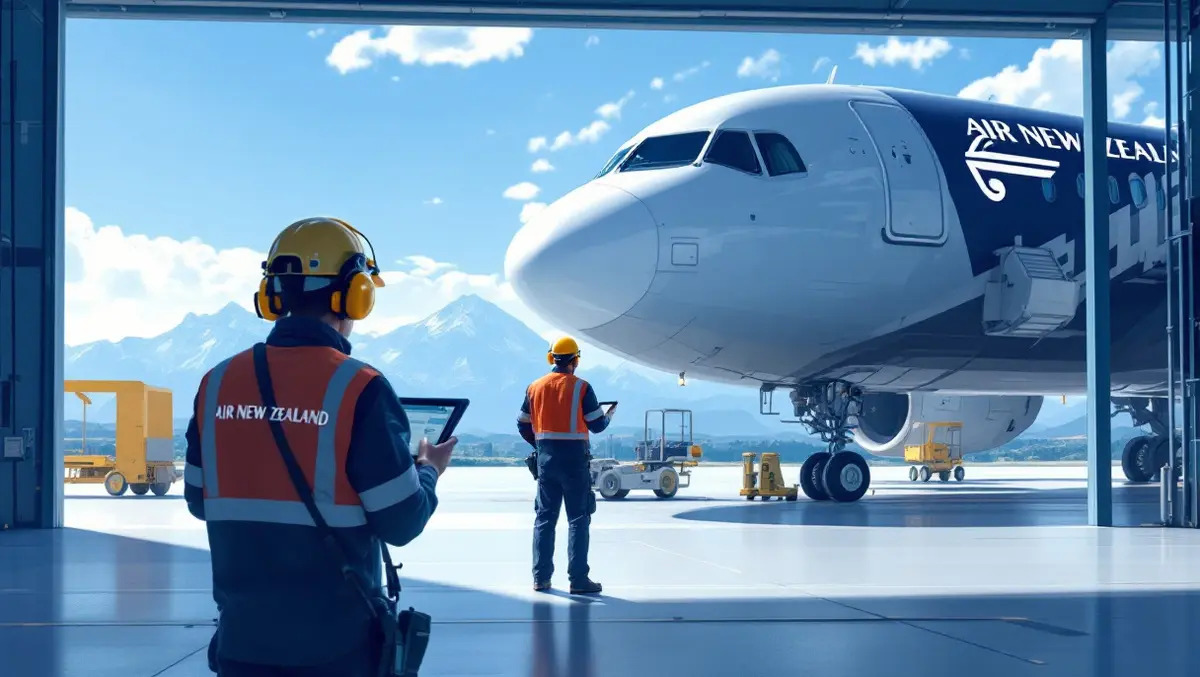OneReg’s aviation compliance system has been implemented in Air New Zealand’s Engineering division as the company expands into the airline sector.
The deployment signals a shift in how Air New Zealand manages the policies, processes, and procedures integral to maintaining airworthiness and regulatory compliance. The Engineering team is now using the OneReg platform to oversee critical functions such as the scheduling and control of maintenance operations.
Air New Zealand’s Maintenance division is also scheduled to transition to OneReg later this year, reinforcing the airline’s strategy to drive digital transformation in its technical operations. The move represents a departure from traditional, paper-based compliance methods and is designed to streamline both day-to-day management and broader regulatory oversight requirements.
Platform capabilities
OneReg is structured to provide a fully integrated approach to aviation compliance, enabling companies to navigate the complex and rapidly changing regulatory environment. The platform consolidates multiple processes, delivering a single, real-time system for operators to manage updates and maintain compliance.
Unlike older systems that relied primarily on documentation, OneReg is described as a dynamic environment allowing teams to propose, review, and enact updates with built-in traceability and controls, aiming for ongoing audit readiness.
“Air New Zealand is one of the world’s most respected carriers, and this new relationship with them is a defining moment for OneReg. It validates our ability to support complex, large-scale aviation operations and signals our readiness to expand on our success with airport partners and lead in the commercial airline sector. This is only the beginning of what’s to come,” says Clinton Cardozo, Chief Executive of OneReg.
OneReg’s platform is intended to support a wide range of aviation organisations by reducing manual tasks, minimising errors, and enabling continuous compliance even as regulations evolve. By bringing together digital tools and predictive management functions, the system seeks to improve operational efficiency across the aviation sector.
User perspective
For Air New Zealand’s engineering workforce, the roll out of OneReg digitises previously manual, paper-based processes and is designed to make compliance faster and more accessible for employees at all levels.
“At Air New Zealand, we are committed to the highest standards of safety and compliance while continuously seeking innovative ways to enhance our operations. By digitising what was once a paper-heavy process, we can complete compliance requirements in a fraction of the time. It’s a major step forward, giving thousands of our people the ability to manage compliance and operational documentation with far greater speed, safety, and efficiency,” says Andrew Hewitt, General Manager Engineering at Air New Zealand.
The live environment supports the teams in updating documentation with more agility. The ability to propose and implement changes quickly aims to result in better oversight with less administrative burden.
“In a team responsible for keeping aircraft safe and reliable, that kind of agility isn’t just helpful – it’s essential,” says Hewitt.
The compliance sector within aviation is anticipated to grow, with projections placing the market for aviation compliance software above USD $18 billion by 2033. OneReg’s leadership considers the platform ready to capitalise on this trend with an AI-driven approach tested across both regulatory and operational dimensions.
Broader context
In addition to serving airlines, OneReg is already utilised by airport partners, positioning it as a central player in global aviation compliance. The company’s system enables improved data exchange among airlines, airports, and regulators, and is designed to address long-standing challenges in compliance data continuity.
Plans for future development include extending the use of the platform to facilitate a more transparent and secure oversight system industry-wide. As more stakeholders adopt digital solutions, the gap between operational data and regulatory expectations is expected to narrow further.

